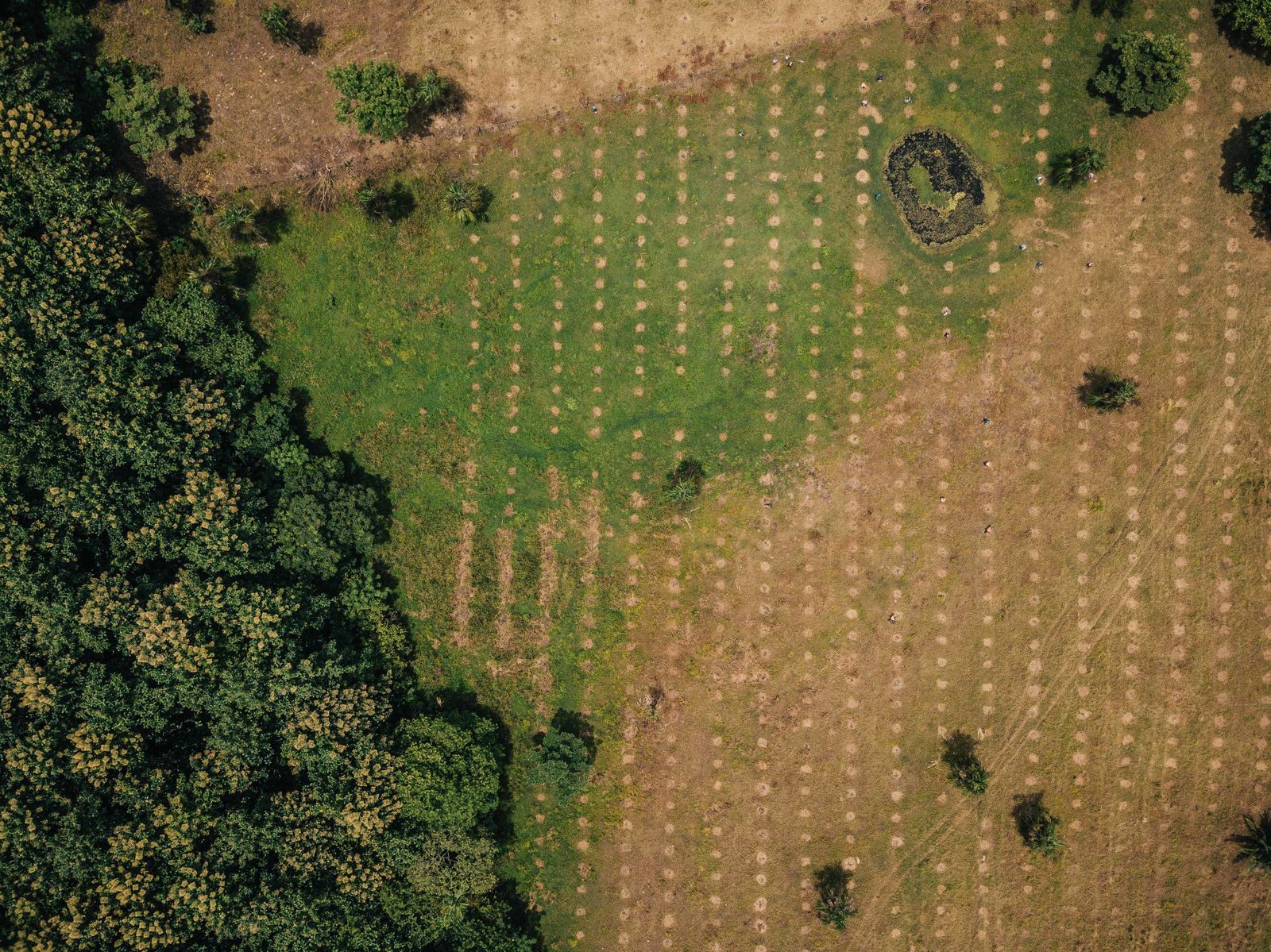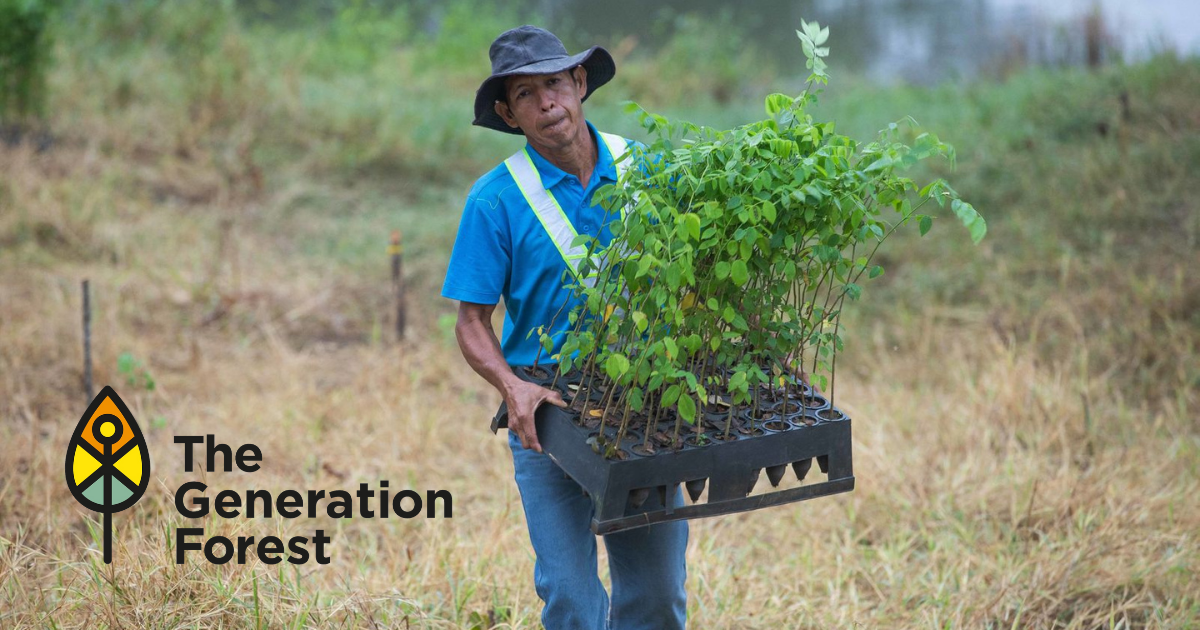The Generation Forest
Since mid-May, Panterito is now member No. 3323 of The Generation Forest cooperative. Unlike the Remscheid forest cooperative, it is not active in Germany, but in Panama – what they have in common is the goal of creating healthy, species-rich commercial forests and managing them sustainably. At The Generation Forest, the focus is on climate impact alongside biodiversity. In tropical areas, the potential impact is much greater, as plants grow much faster and costs are lower than in Germany. But let´s start at the beginning.
The story behind the organization
In 1994, Iliana Armièn, a forestry engineer, and Andras Eke, a forestry investment expert, founded Futuro Forestal. The business objective of the Panamanian company is the reforestation of fallow land or pastureland into species-rich mixed forest. The money for this comes from investors, because precious woods are also planted, which are removed after about 20 years, sold and replanted. The project is thus self-financing and generates interest for the investors. This makes Futuro Forestal a pioneer in impact investment for tropical forestry and solves two problems at once:
- How can reforestation and forest protection be financed in the long term?
- The forest maintains a value for the people. It creates jobs and thus alternatives to agricultural forms such as soybean cultivation or cattle breeding, which compete with forest protection.
Responsible for marketing the forest investment in Germany is Forest Finance – until 2008. After that, the two companies go separate ways: Forest Finance takes over the entire individual customer business, including land management. While Futuro Forestal concentrates on forestry services, institutional clients and strategic partnerships. The company expands to Nicaragua and reorganizes itself according to sustainability criteria (social business and B-Corp certificate). To this end, the non-profit Generation Forest Foundation is established, into which all company profits flow. In order to offer again small investors an opportunity to participate, a cooperative is founded – initially under the name Waldmenschen (ger. for woodland people), later renamed The Generation Forest.
Slow finance and a generational forest
So, behind the cooperative are the pioneers of forest investment and near-natural reforestation in Central America. In a way, the cooperative model fits better to this concept than a pure investment, because you have to have staying power due to the long-term perspective: First profits are expected from 2040 on. A tree needs time to grow and becoming a forest cooperative member is an investment in the future and for the coming generation – climate change issues reverse. Nevertheless, it remains an investment: The value of a share is continuously increasing and an average annual return of 4.5% is calculated – over 100 years. This is because the development of the value of the forest is not linear by nature, because logically the harvests cannot be made from the beginning. Larger distributions are due after 50+ years.
 Based on reforestation to date, this forecast of distributions for the next 100 years is the result.
Based on reforestation to date, this forecast of distributions for the next 100 years is the result.
Image source: The Generation Forest
That requires trust. Slow Finance is what The Generation Forest calls it, and it works. When ARD featured the organization in January 2021, there was another strong influx of members, says Sales Manager Lukas Mörchen. In the meantime, The Generation Forest owns and manages 7 areas with a total of 374 ha for 3209 members (as of May 2021).
In return, the result is not a plantation, but a forest that has been independently inspected and found to be of ecological value. Per cooperative share (1,369 € corresponds to 500 m2 area) 0.7 t CO2 are bound annually. The development of the fallow pasture areas or former monoculture plantations can be easily followed on the project pages of the cooperative. Approximately 800 trees are planted per hectare – this is less than in many other reforestation projects. This leaves room for further generations to spread naturally or be replanted. In the end, there are more than 12,000 trees of various ages on one hectare – and here it is again, the generational forest.
 The dots are holes where the seedlings are placed. Preparation for planting on La Ponderosa.
The dots are holes where the seedlings are placed. Preparation for planting on La Ponderosa.
The rights to the images used are held by The Generation Forest.


